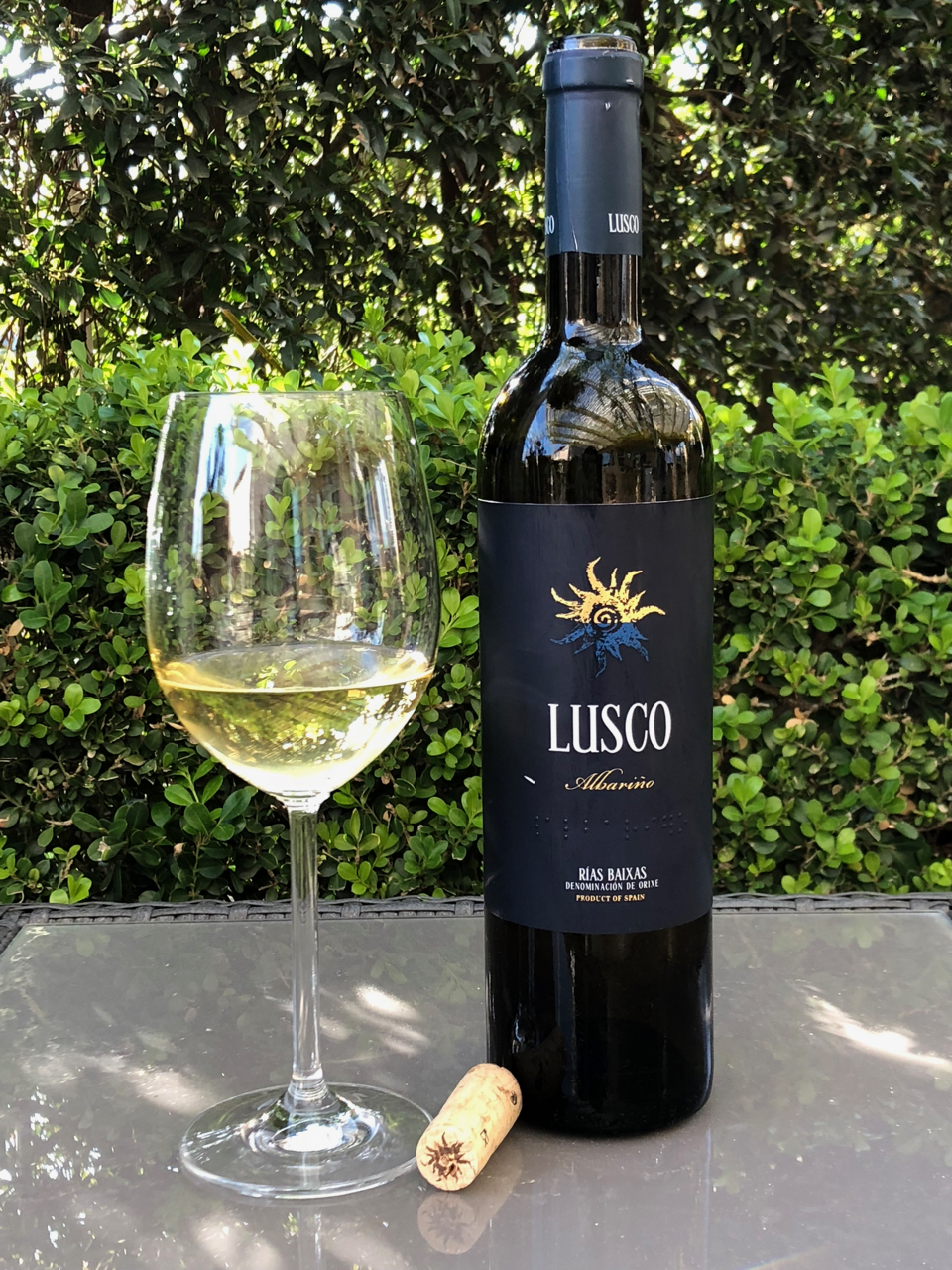As we continue exploring wine flavors and where they come from, let's take a step back to last time.
As was noted, barrel aging can impart many wonderful flavors to wine. Additionally, barrel aging imparts tannin. And, tannin is very important to a wine’s ability to age in the bottle.
But, not all wines are meant to be bottle aged. In fact, most are meant to be consumed immediately. Only a small percent of the world's wines are made to be aged.
As a wine ages in the bottle, it is important that it be kept in a cool environment (~58 degrees F) and kept away from sunlight. Both warm temperatures and light can quickly damage a wine.
So, if a wine is age-worthy, its flavor will indeed change in the bottle over time. The tannin will become softer (less astringent) making the wine have a smoother mouthfeel. The fruit flavors will also soften. And, over time, the color will change from red and will take on an orange hue. This all results in a wonderful wine experience.
But, aging a wine in the bottle is not always for the better. A favorite line that I read some time ago was "The cellar (or wine refrigerator) is not a hospital; it will not make a bad wine get better." And, that is so true. You must ensure you are aging good wines.
One simple rule is if a wine does not naturally have tannin from the fruit and does not get any appreciable tannin from oak aging, it's not going to be age worthy. And, once it has gotten beyond three to five years old, it likely will have oxidized and be beyond its prime period for drinking.
So, what other factors make a wine age worthy? We'll get into that next time. Until then, Cheers!



